The 12 Animals Most Affected by Climate Change
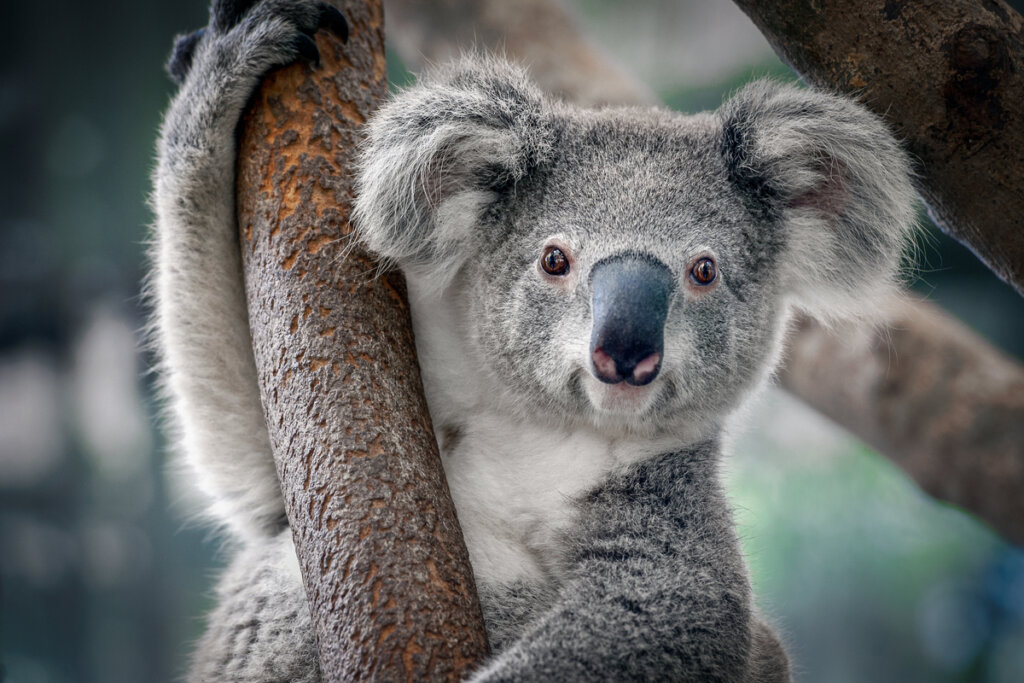
The world’s biodiversity has decreased alarmingly in the last 50 years, as more than 25,000 species – almost 1/3 of those known – are in danger of disappearing. Climate change will be directly responsible for 8% of these extinctions.
In this article, you can learn more about what this dangerous phenomenon consists of and which animals have been most affected by its consequences. If you want to help the planet, this information will help you know where to start.
The effects of climate change
Climate change is a very common expression in our daily lives, but it has become so normal to hear it that it ends up losing its meaning. However, it’s a phenomenon that we experience every year in small – and not so small – details: storks that no longer migrate, fires, or even snowfalls in places where we’ve never seen them before.
Apart from the local effects, the first thing you should know is the consequences that climate change brings to the planet as a whole. The main ways in which this event affects animals are as follows:
- Decrease in rainfall: The absence of rain not only deprives animals of sources of hydration, but the decrease in the water level in environments such as swamps or lakes also reduces the extent of the habitat of the species that live in them.
- Abnormal meteorological phenomena: Torrential rain, endless droughts, and hurricanes are some examples of this, with the subsequent consequences in the areas where they occur.
- Reduction of the sea ice caps in the polar areas: Leaving aside the fact that the Arctic could disappear completely, the species that live at the Poles have very specific adaptations to extreme cold, which makes it impossible for them to survive if they disappear.
- Temperature variations: The consequences of this fact are vast and varied. From the incubation temperature of buried eggs to the appearance of new diseases – or others that have already been eradicated. These problems are caused by unusual temperatures and can be decisive for the survival of a species.
- Alterations in vegetation: Plants depend on environmental conditions. If these change, the base of the food chain can be reduced, with all that this entails for animals.
- Warming of the oceans: The temperature of ocean waters has a direct impact on the currents that many animals follow in their migrations. This is especially serious when migration routes are related to reproduction.
- Reduction in the level of global oxygen: Although trees have the reputation of being the ones that give us oxygen to breathe, the truth is that microalgae on the surface of the oceans absorb 30% of global emissions. When pollution acidifies the waters, they die, with all that this entails.
12 animals affected by climate change
Now that you know the main ways this phenomenon affects the planet, you’ll probably be wondering which species are suffering the most. To answer your question, here’s a list of the most representative animals on this front.
1. Koala (Phascolarctos cinereus)
Koalas, endemic to the Australian continent, live in a very specific, limited ecosystem to which they have adapted in a very specific way. The series of disasters Australia has suffered in recent years have almost completely destroyed its habitat. Only between 100,000 and 200,000 koalas are believed to exist today.
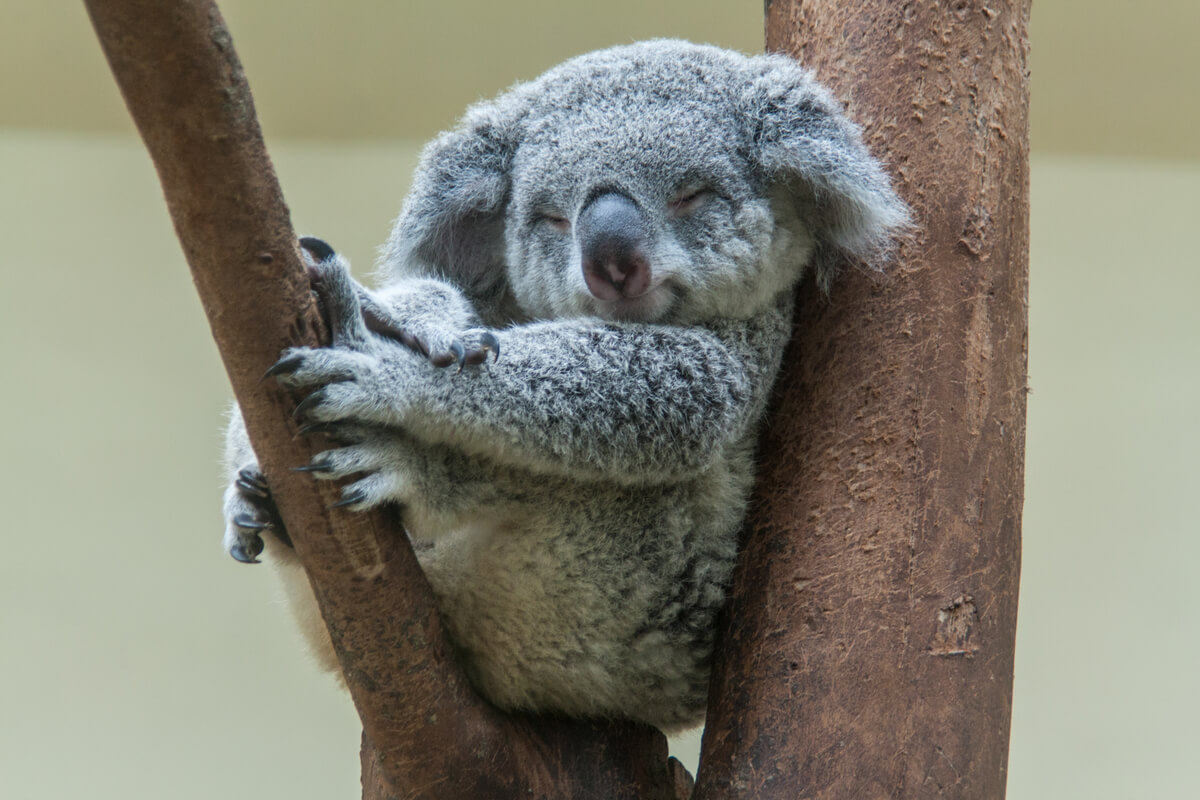
2. Amazon pink dolphin (Inia geoffrensis)
The main threat to this river cetacean is the destruction of the Amazon basin. Pollution of their habitats and rising temperatures in river waters not only affect the fish that these aquatic mammals feed on, but also have a direct impact on their health.

3. Polar bear (Ursus maritimus)
This species is perhaps the most famous example of the consequences of climate change. The melting of the Arctic due to the progressive increase in temperatures is leaving these mammals without habitat and without sustenance year after year. The population of polar bears is estimated between 22,000 and 31,000 in the world and continues to decline.
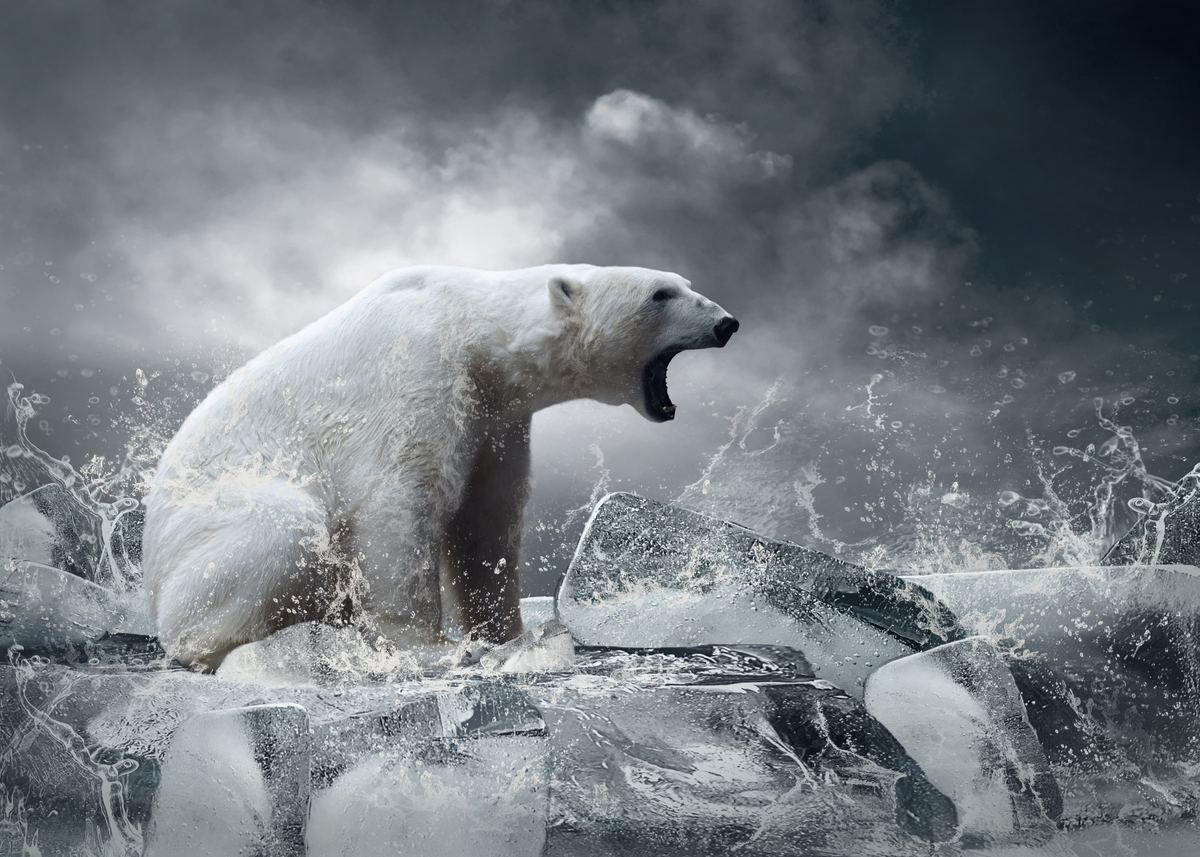
4. Monk seal (Monachus monachus)
Currently, there are about 700 monk seal specimens distributed in 3 population groups around the Mediterranean. Although their main cause of decline has been hunting and the invasion of their territory by humans, climate change led to the proliferation of algae that is toxic to them, a phenomenon known as red tide.
5. Emperor penguin (Aptenodytes forsteri)
The emperor penguin is experiencing a similar situation to that of the polar bear. Its natural habitat is disappearing at a dizzying rate. According to a 2019 study, almost no offspring have been born in the last 3 years, due to the early breakdown of the fixed ice in the ice streams, in which these birds came to reproduce.
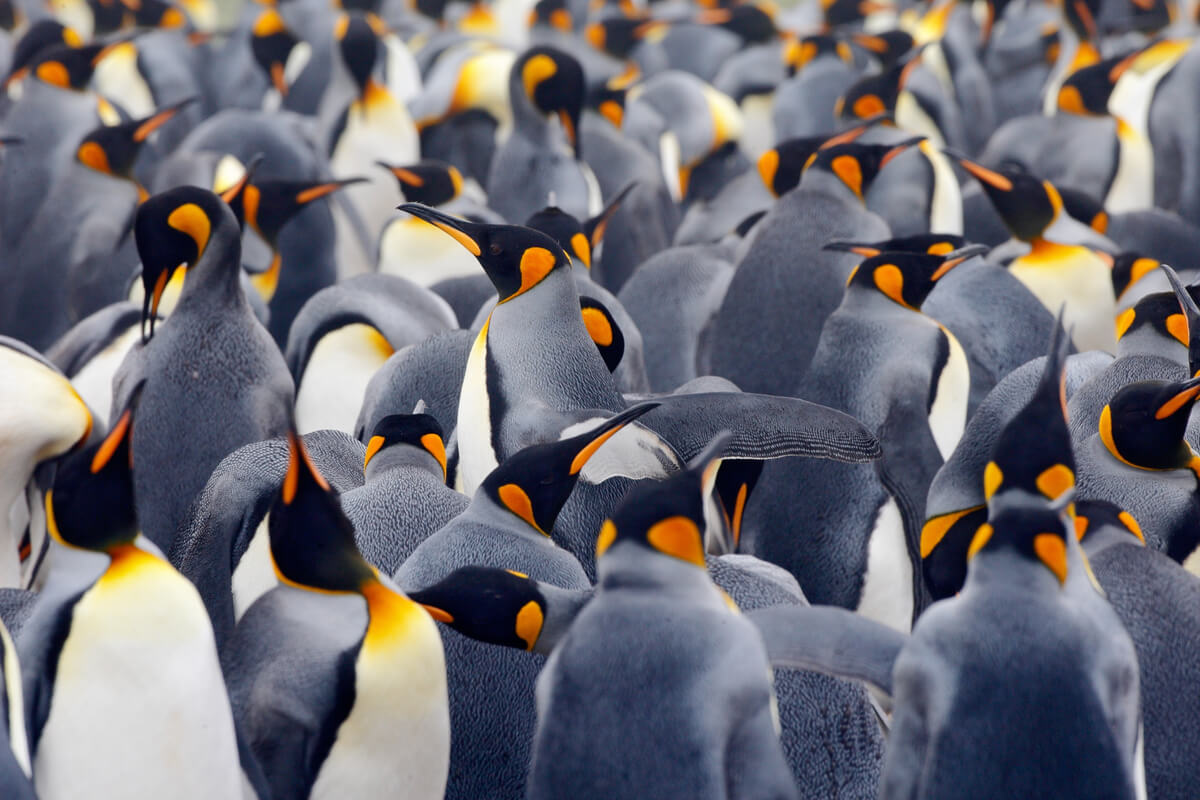
6. Caribou (Rangifer tarandus)
Caribou numbers have decreased by more than 85% in the last 25 years due to climate change. As summers in northern Canada get colder and wetter, the rains eventually form puddles that then freeze, trapping the reindeer’s food in a layer of ice.
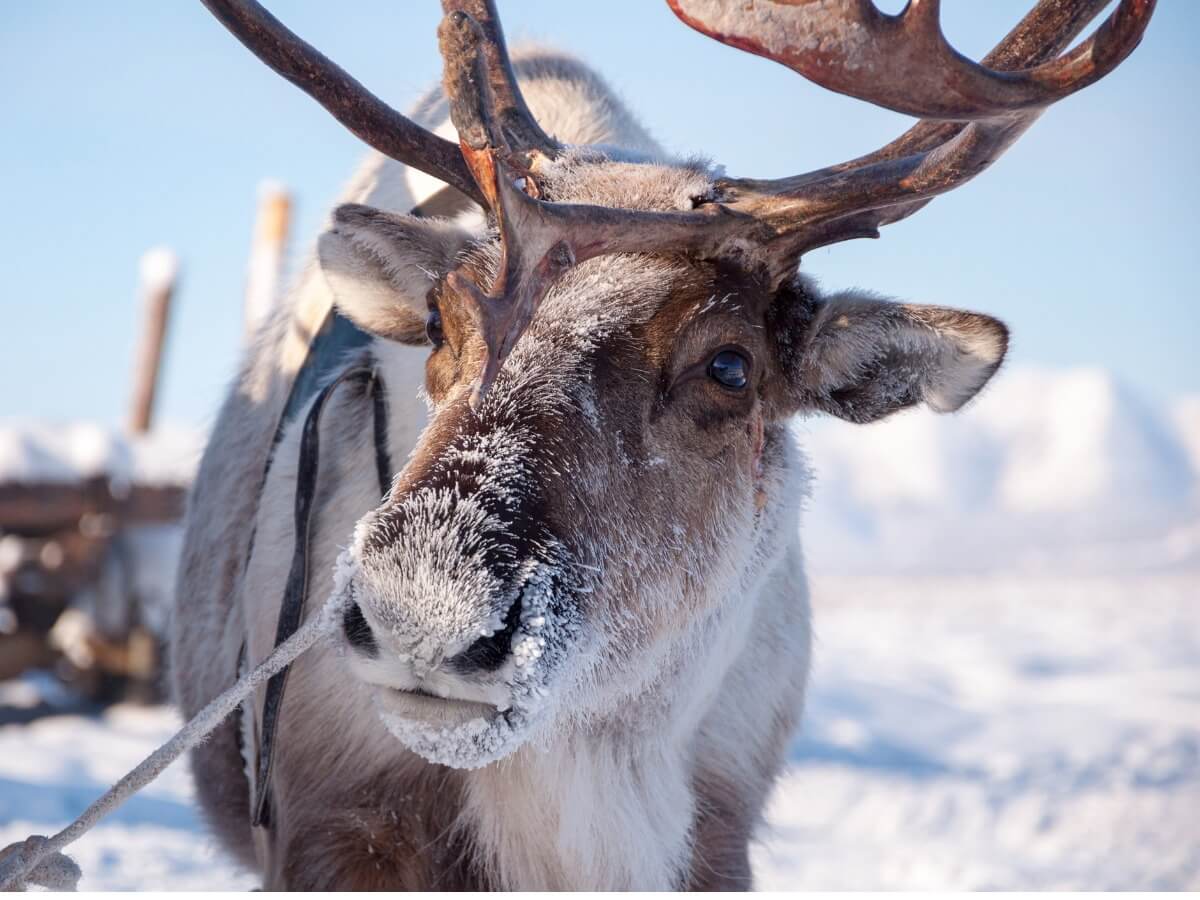
7. Blue whale (Balaenoptera musculus)
Rising ocean temperatures seriously affect the migration and mating behaviors of these gigantic marine mammals. The consequences are difficult to predict, so it’s also difficult to develop a preservation plan for this species.
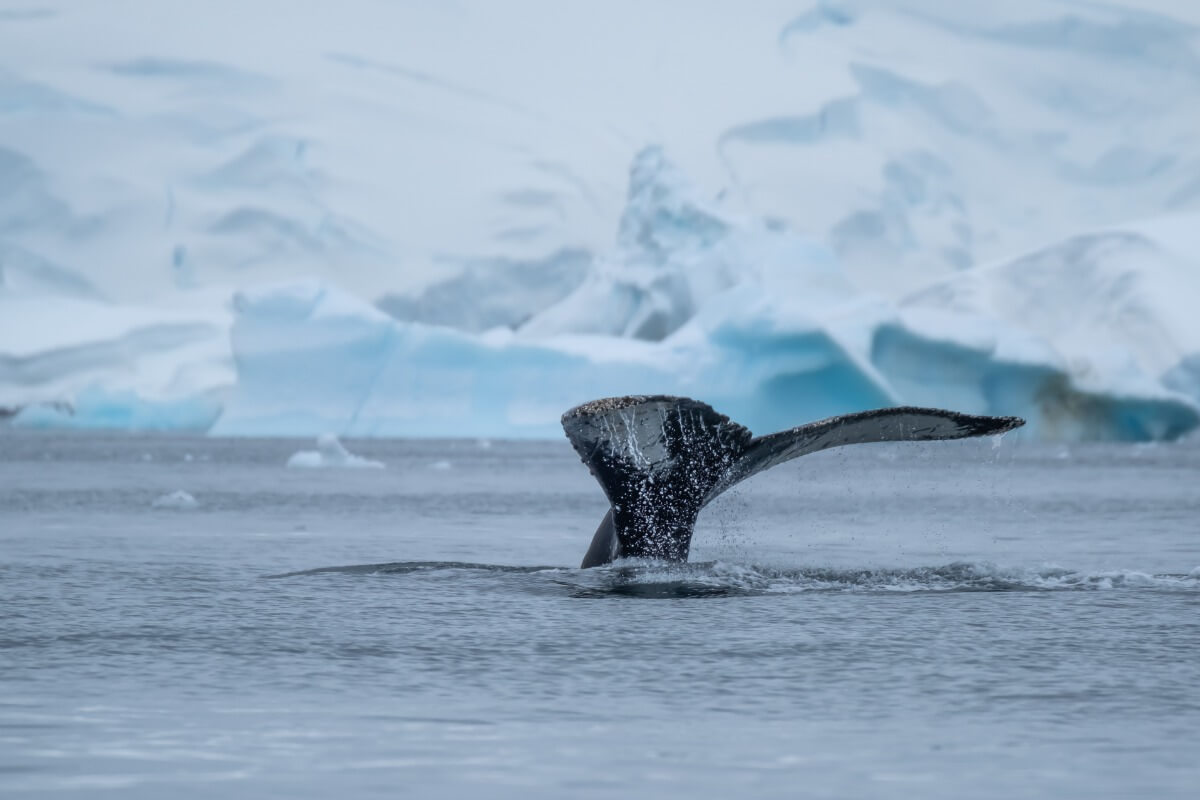
8. North American Puma (Puma concolor)
The North American puma is one of the most threatened felines on the planet, perhaps at the same level as the Iberian lynx. Their main threat is the degradation of their habitat, partly from urbanization and partly from the progressive desertification of Florida, which destroys their livelihoods.
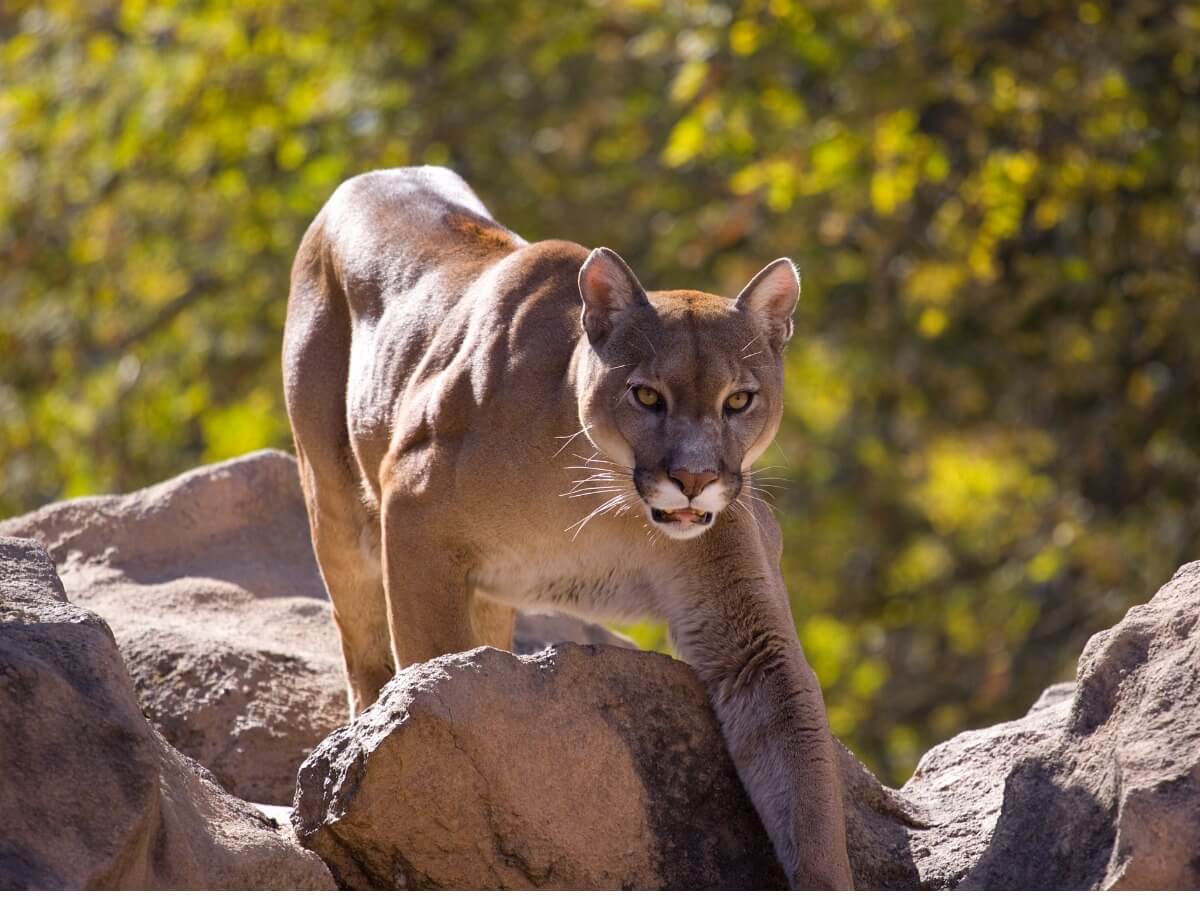
9. Bees (Anthophila)
Bees are both victims and part of the solution to the end of the world. It’s estimated that life on Earth without them would not last more than 8 years. Being animals that completely depend on vegetation for food, global warming and droughts leave them without sustenance, as desertification spreads. In fact, they’re already in danger of extinction.
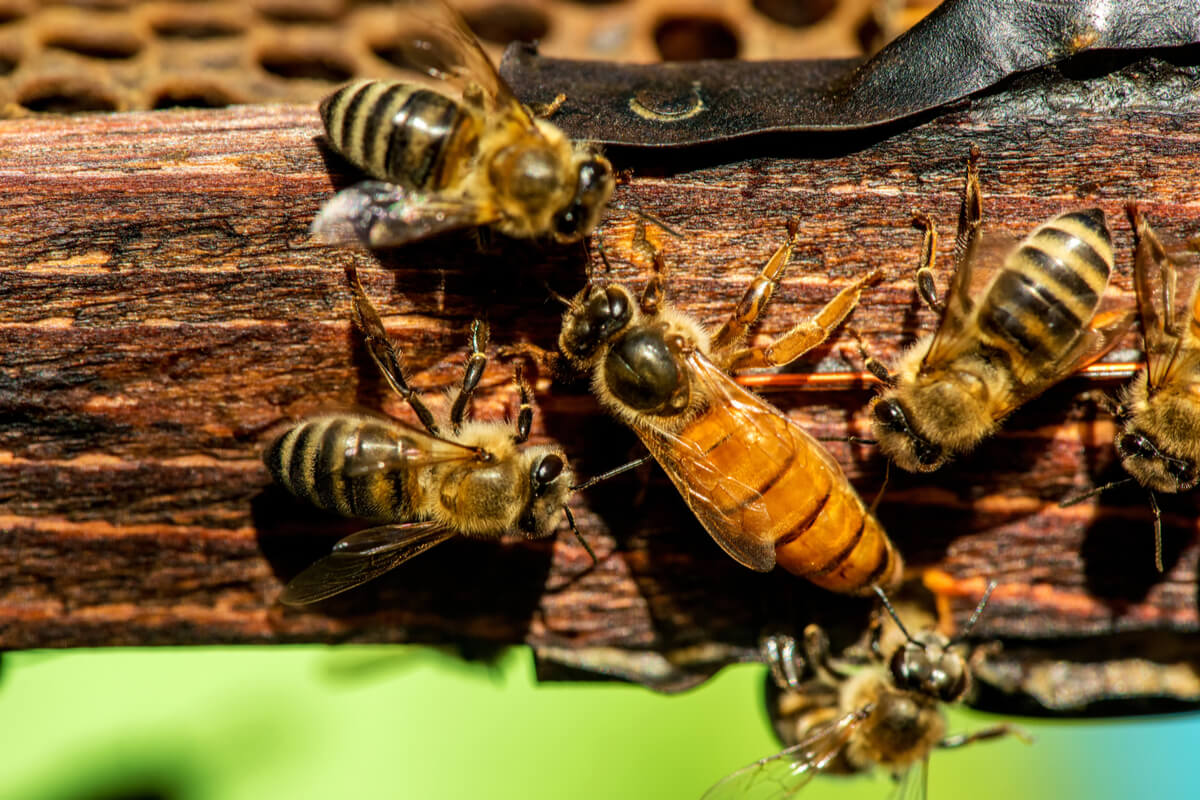
10. Corals (Anthozoa and Hydrozoa)
Coral reefs are in danger due to rising sea temperatures. This heat destroys the symbiotic algae that covers them, bleaching them and starving them. In the last 3 years alone, 72% of the world’s coral reefs protected by UNESCO have suffered severe heat stress.
Coral reefs are the most diverse ecosystem in the oceans in terms of biodiversity, comparable only to the Amazon rainforest.
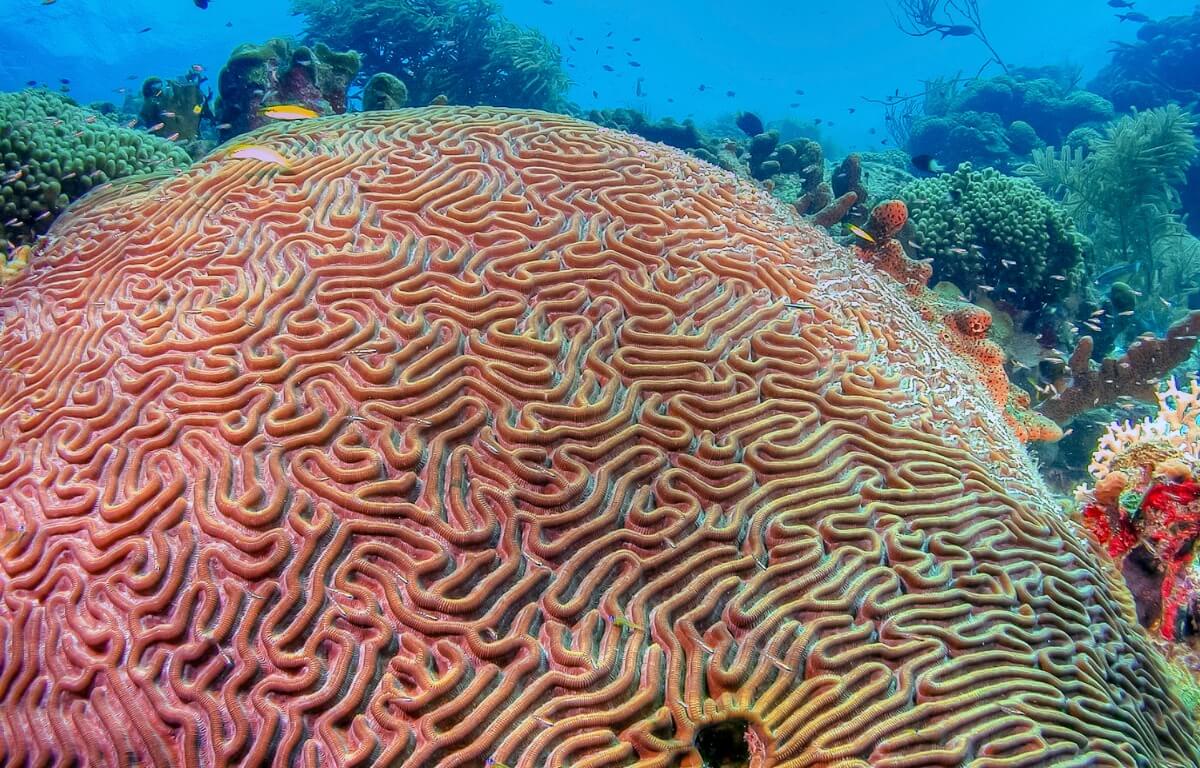
11. Monarch butterfly ( Danaus plexippus )
The loss of milkweed – plants of the genus Ascepia – due to rising temperatures has drastically reduced the population of the monarch butterfly, which depends on this plant for food.
Climate change disrupts the annual migratory pattern of this butterfly: colder and wetter winters can be lethal for it during its migration during its hibernation in Mexico. Likewise, abnormal and extreme patterns of drought or rain at breeding and feeding sites often cause their death.
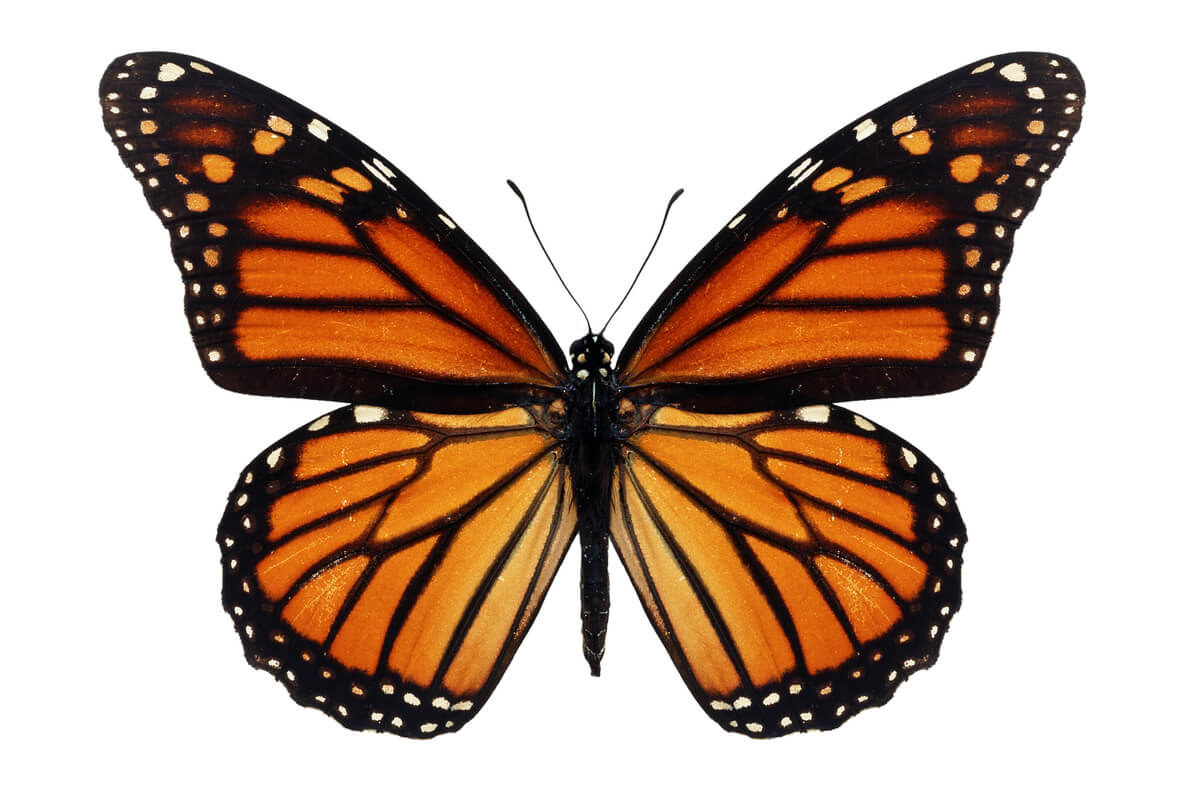
12. White shark (Carcharodon carcharias)
Sharks have a hard time hunting and a higher embryo mortality rate as the temperature and acidity of the world’s oceans increase. In the Pacific Ocean, rising temperatures force sharks to move north, which also disrupts the ecosystems they leave behind.
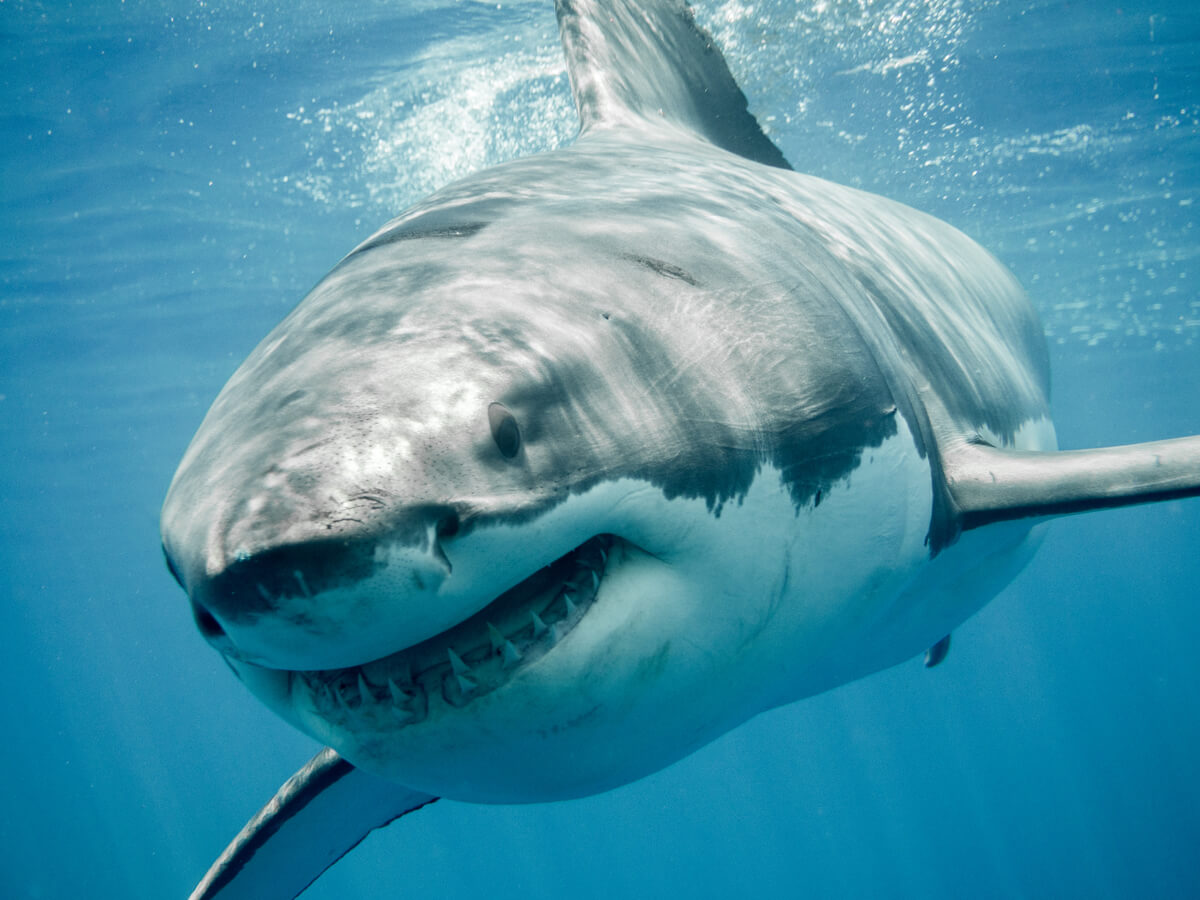
As you can see, climate change causes big changes, but also small changes that have a knock-on effect. As we often say: this is the only planet we have. Unfortunately, it’s repeated so many times that it can lose its meaning. Deep down, everyone knows that something is changing… and not for the better. Let’s work together to become part of the solution.
All cited sources were thoroughly reviewed by our team to ensure their quality, reliability, currency, and validity. The bibliography of this article was considered reliable and of academic or scientific accuracy.
- Acidificación: ¿Cómo afecta el CO2 a los océanos? (2021). Oceana Europe. https://europe.oceana.org/es/eu/prensa-e-informes/informes/acidificacion-como-afecta-el-co2-a-los-oceanos
- Karamanlidis, A. & Dendrinos, P. 2015. Monachus monachus (errata version published in 2017). The IUCN Red List of Threatened Species 2015: e.T13653A117647375. https://dx.doi.org/10.2305/IUCN.UK.2015-4.RLTS.T13653A45227543.en. Downloaded on 05 July 2021.
- Fretwell, P., & Trathan, P. (2019). Emperors on thin ice: Three years of breeding failure at Halley Bay. Antarctic Science, 31(3), 133-138. doi:10.1017/S0954102019000099
- Heron, S. F. (2017). Impacts of climate change on World Heritage coral reefs : a first global scientific assessment. National Oceanic and Atmospheric Administration. https://repository.library.noaa.gov/view/noaa/16386
- Faldyn, M.J., Hunter, M.D. and Elderd, B.D. (2018), Climate change and an invasive, tropical milkweed: an ecological trap for monarch butterflies. Ecology, 99: 1031-1038. https://doi.org/10.1002/ecy.2198
- Skubel, R. A. (2018, 25 enero). Patterns of long-term climate variability and predation rates by a marine apex predator, the white shark Carcharodon carcharias. Inter Research. https://www.int-res.com/abstracts/meps/v587/p129-139/